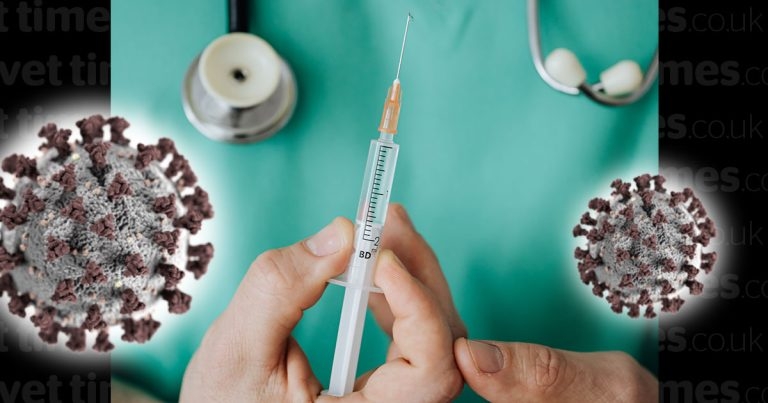23 Jul 2020
Data collected from almost 500 veterinary sites across the UK show practices beginning to return to normal consultation volumes and vaccinating more animals.

A new report has shown “many encouraging signs of recovery” with practices beginning to return to normal consultation volumes and vaccinating an increasing number of animals.
The fourth instalment of the Small Animal Veterinary Surveillance Network (SAVSNET) COVID-19 impact survey (15 July), which used data collected from almost 500 veterinary sites across the UK, also showed the amount of PCR tests being carried out has returned to – or, in some cases, is exceeding – pre-COVID levels.
To assess the ongoing impact of the coronavirus pandemic, SAVSNET summarised data from more than 200,000 companion animal consultations between 2 March and 5 July 2020, and compared it with median 2019 data.
This also showed that, while a relatively greater proportion of younger animals were initially vaccinated in the first weeks of lockdown, compared to pre-COVID-19 levels, median age at vaccination is now increasing, suggesting that normal vaccination patterns are returning.
Though, as with other areas of practice, the absolute number of antimicrobial prescriptions has considerably dropped during the past four months, for animals presenting to veterinary practices unwell, the relative frequency with which practitioners decide to prescribe antimicrobials does not appear to have substantially changed, compared to median 2019 figures.
Sarah Caddy, a virologist at the University of Cambridge, said: “It is reassuring to see the number of consultations being performed in first opinion practices has continued to steadily increase over the past few weeks. Though still not near pre-lockdown consultation rates, evidence of some return to normality is good news.
“It is also interesting to see that more animals under six months of age have been presenting for vaccination in recent months. This is likely to be partly due to vets prioritising vaccination of new puppies and kittens, but we know these results may be affected by a surge in demand for new companions during lockdown.
“Data describing antimicrobial usage during lockdown is a new aspect of this latest report. There has been some concern that antimicrobials would be more likely to be prescribed to ill animals during lockdown so as to avoid repeated revisits. Thankfully, prescription patterns do not show that this has been happening.”
Data from all four reports highlighted an initial increase in telephone and telemedicine consultations during the first social distancing phase (23 March) that was broadly maintained for the first half of the second phase (13 April), but, of late, data shows the frequency of these types of consults has reduced.
However, authors have stressed that, due to significant changes in practice workflow, it is likely some under-estimating of the frequency of telephone consultation/telemedicine adoption during this time period has occurred.
The conclusion was that either practitioners might be recording telephone consultations or telemedicine in different ways as the crisis progresses, or that the fall may represent a gradual return to in-person consultations.